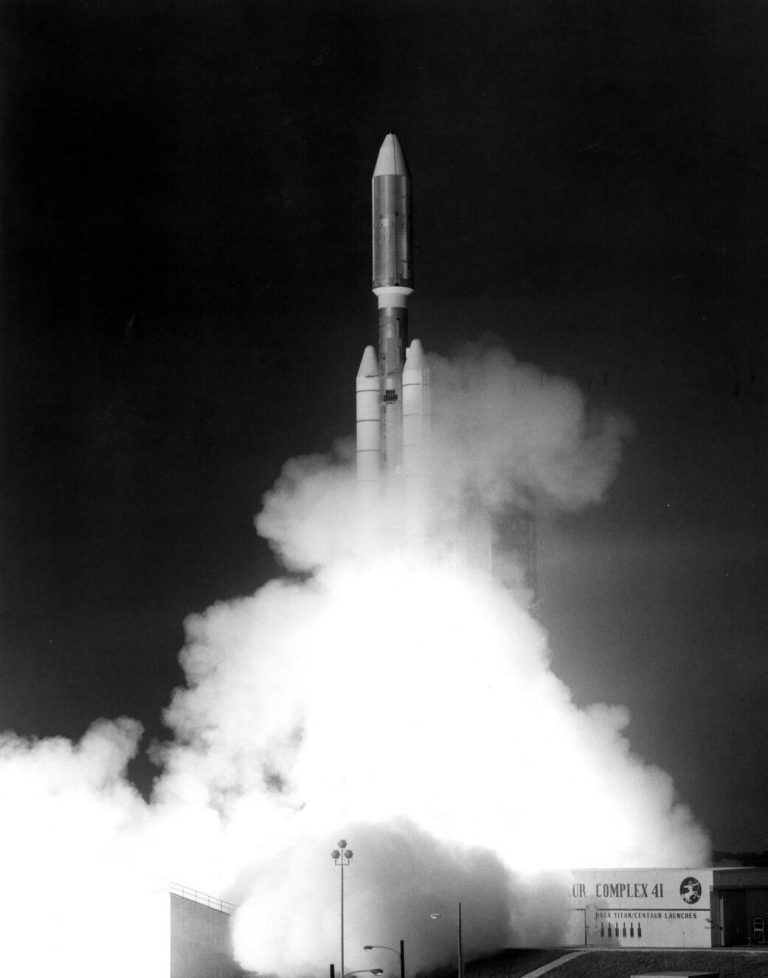2023年12月31日 Illustris: A Simulation of the Universe Video Credit: Illustris Collaboration, NASA, PRACE, XSEDE, MIT, Harvard CfA; Music: The Poisoned Princess (Media Right Productions) Explanation: How did we get here? Click play, sit back, and watch. A computer simulation of the evolution of the universe provides insight into how galaxies formed and perspectives into humanity’s place in the universe. The Illustris project exhausted 20 million CPU hours in 2014 following 12 billion resolution elements spanning a cube 35 million light years on a side as it evolved over 13 billion years. The simulation tracks matter into the formation of a wide variety of galaxy types. As the virtual universe evolves, some of the matter expanding with the universe soon gravitationally condenses to form filaments, galaxies,…










